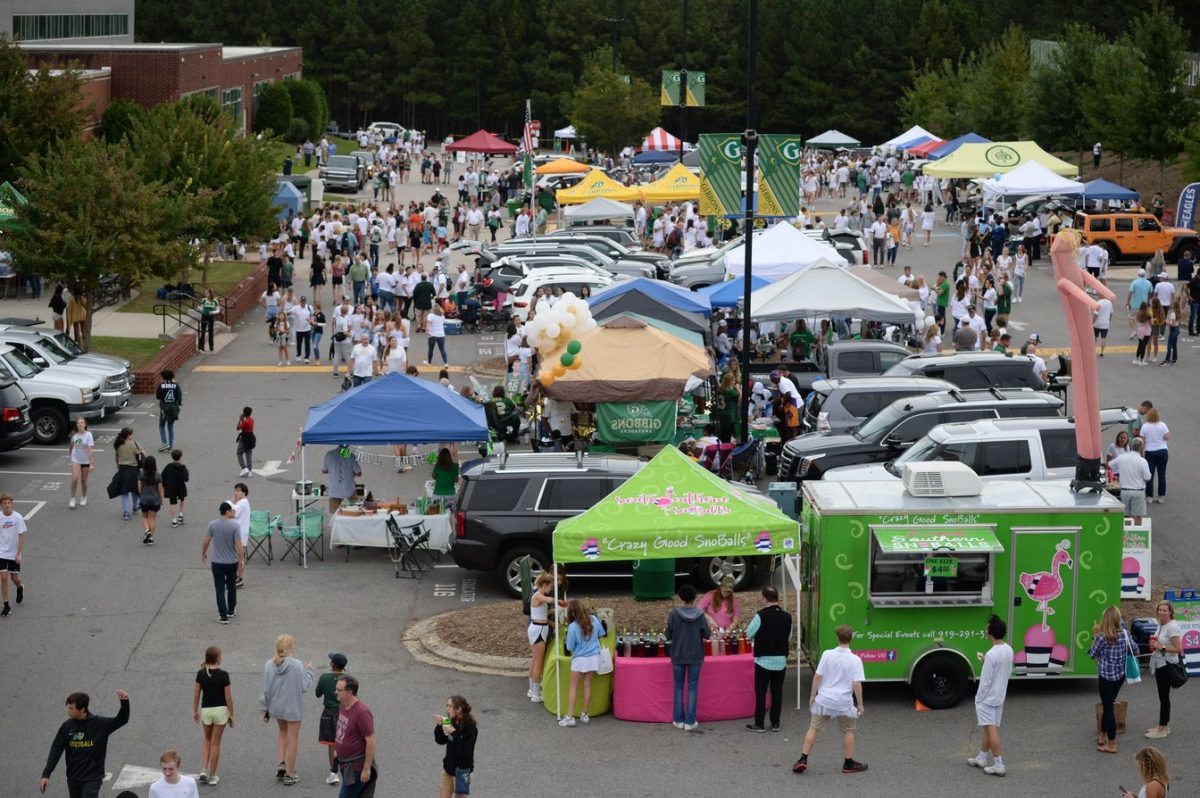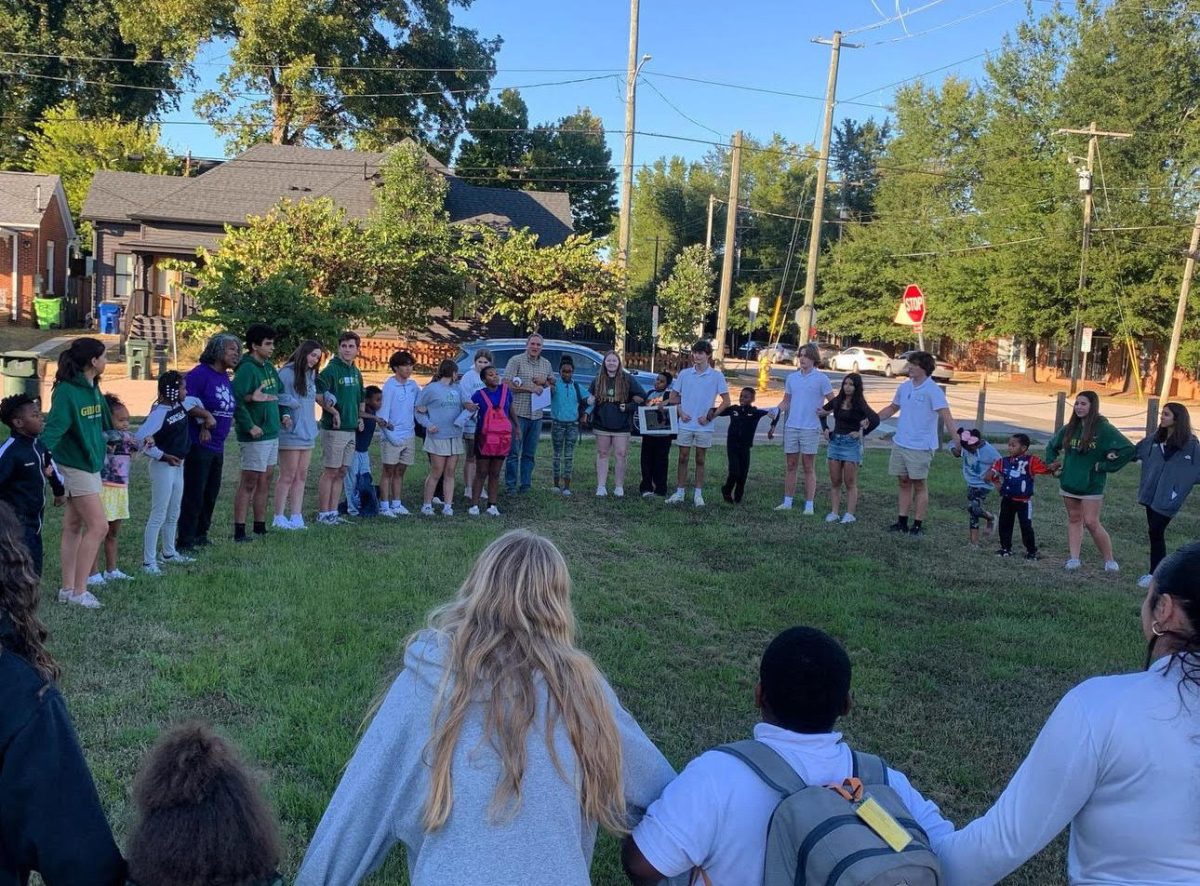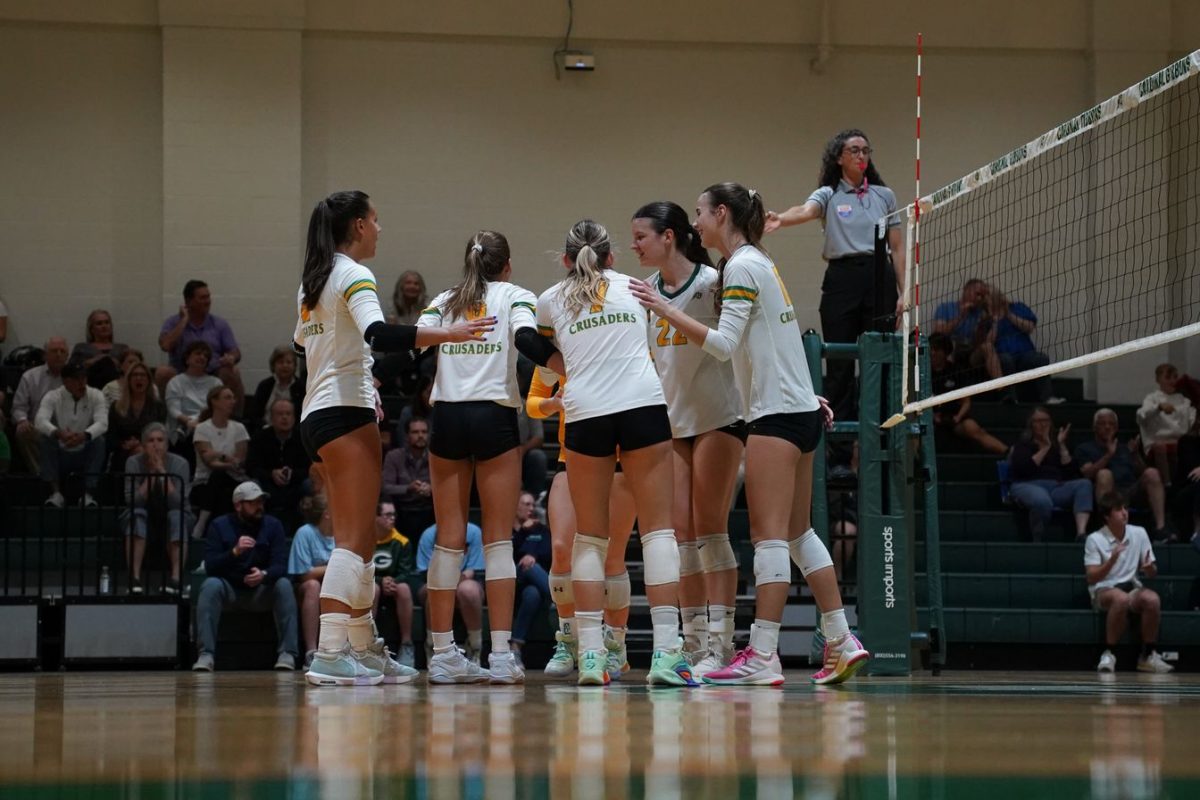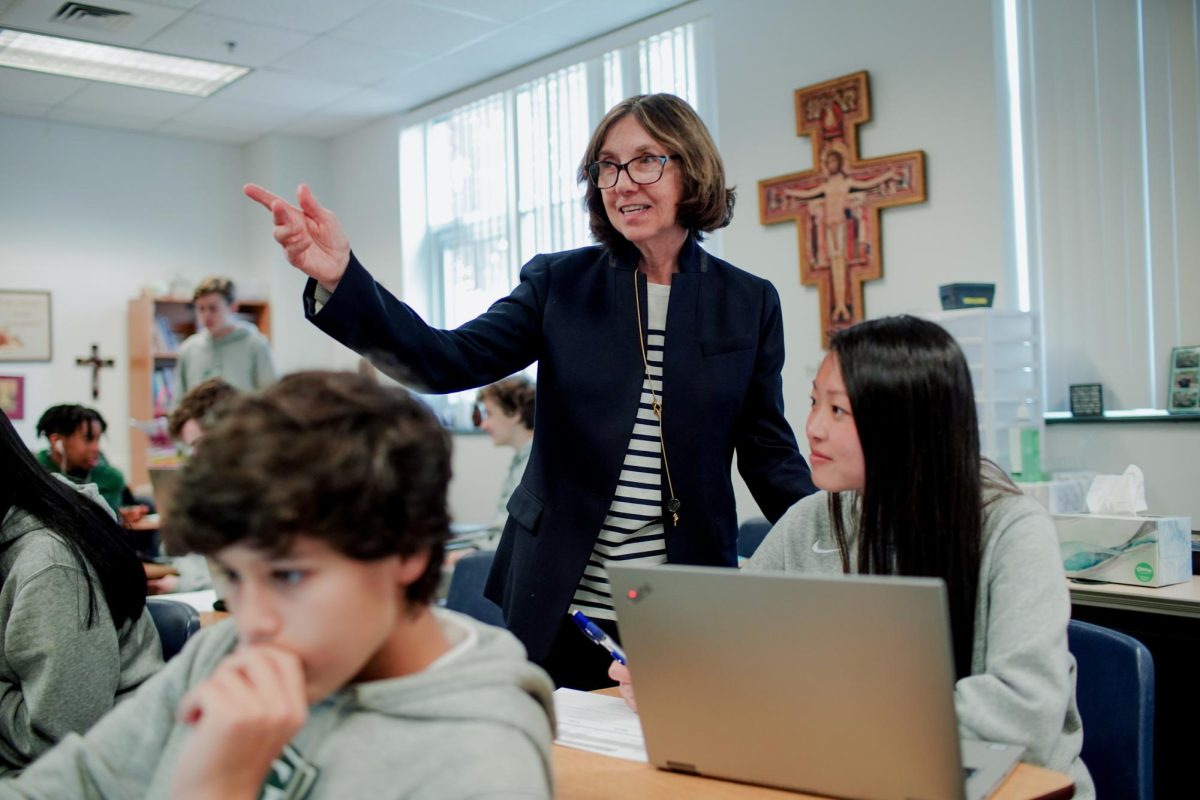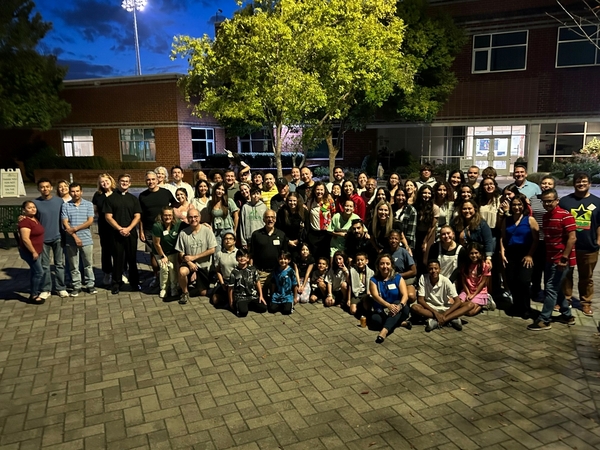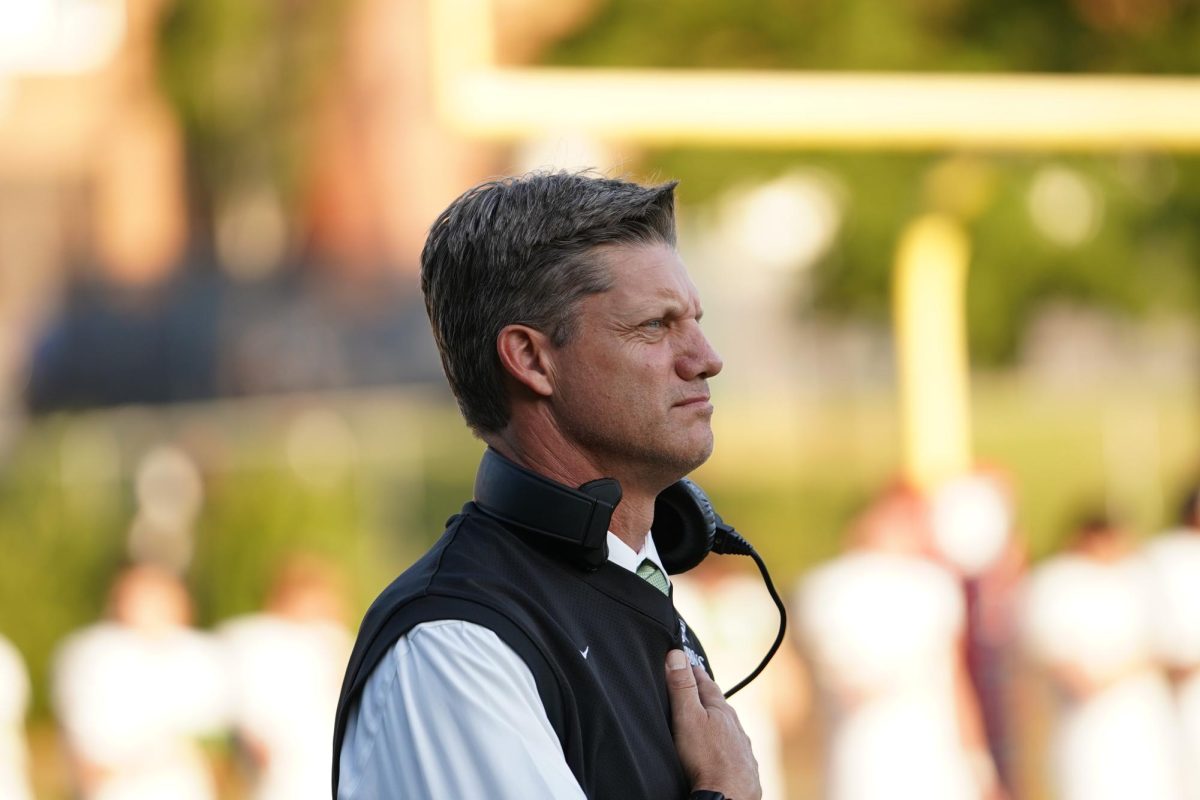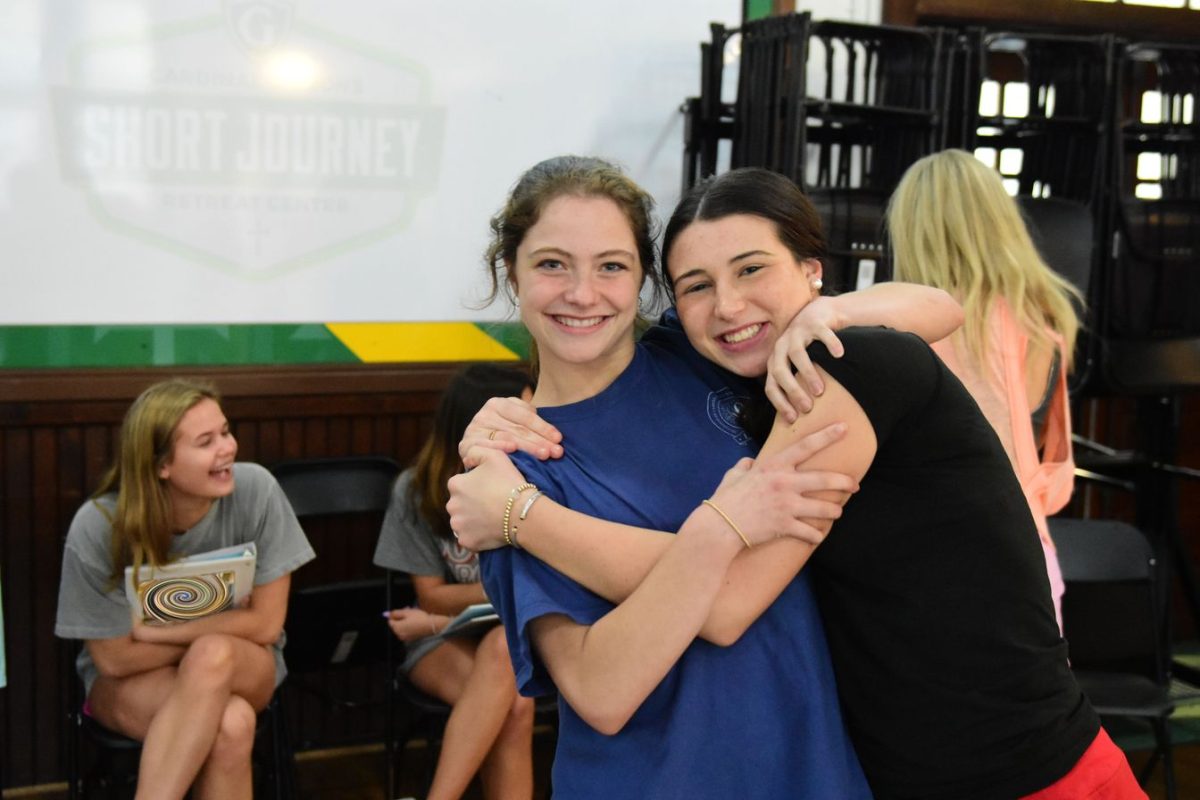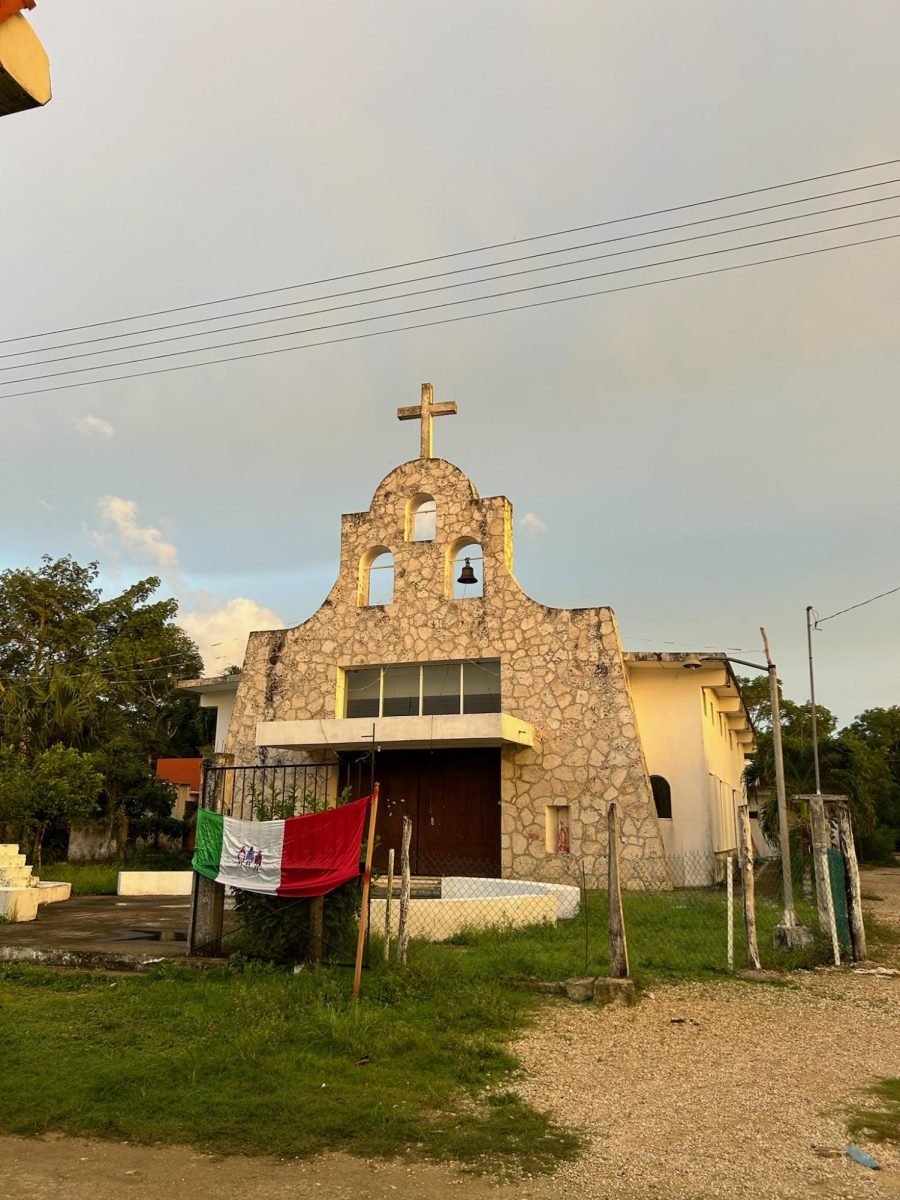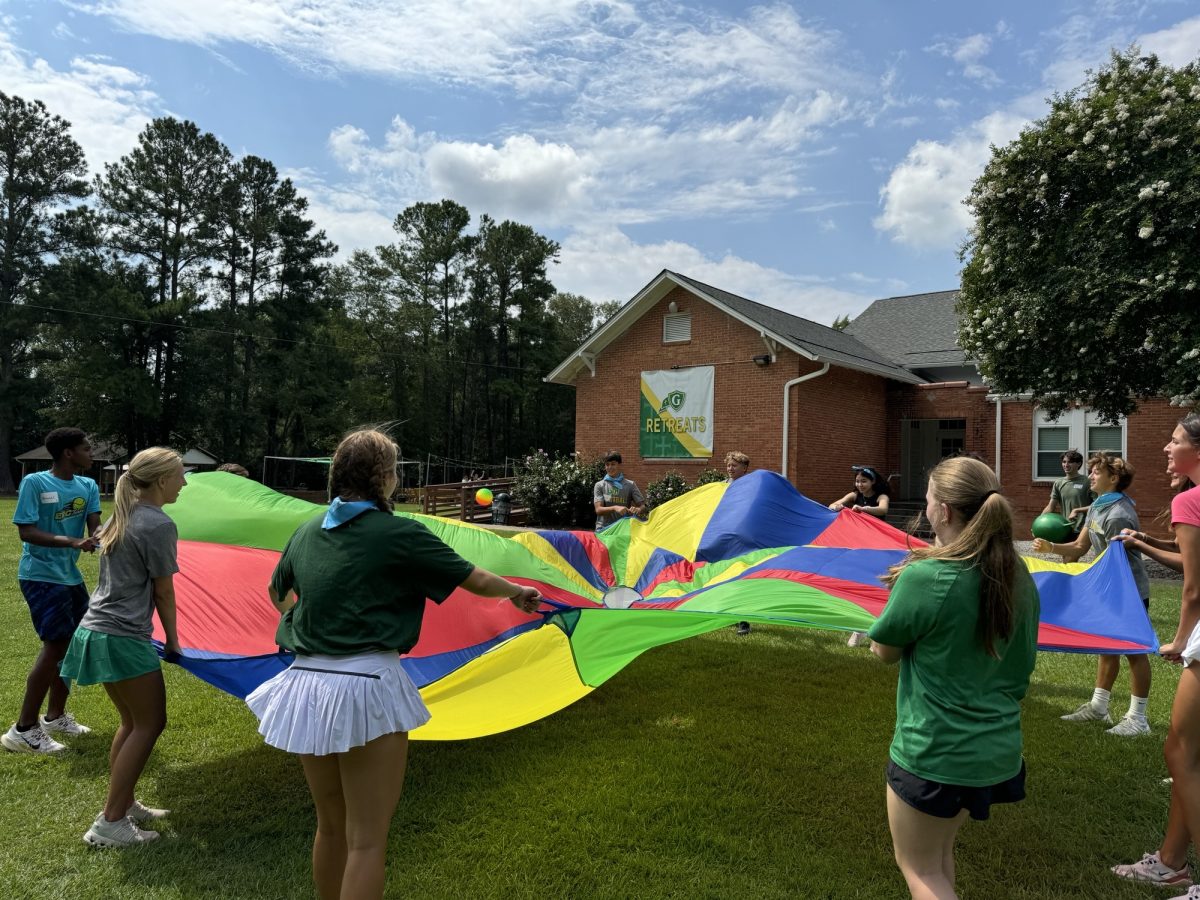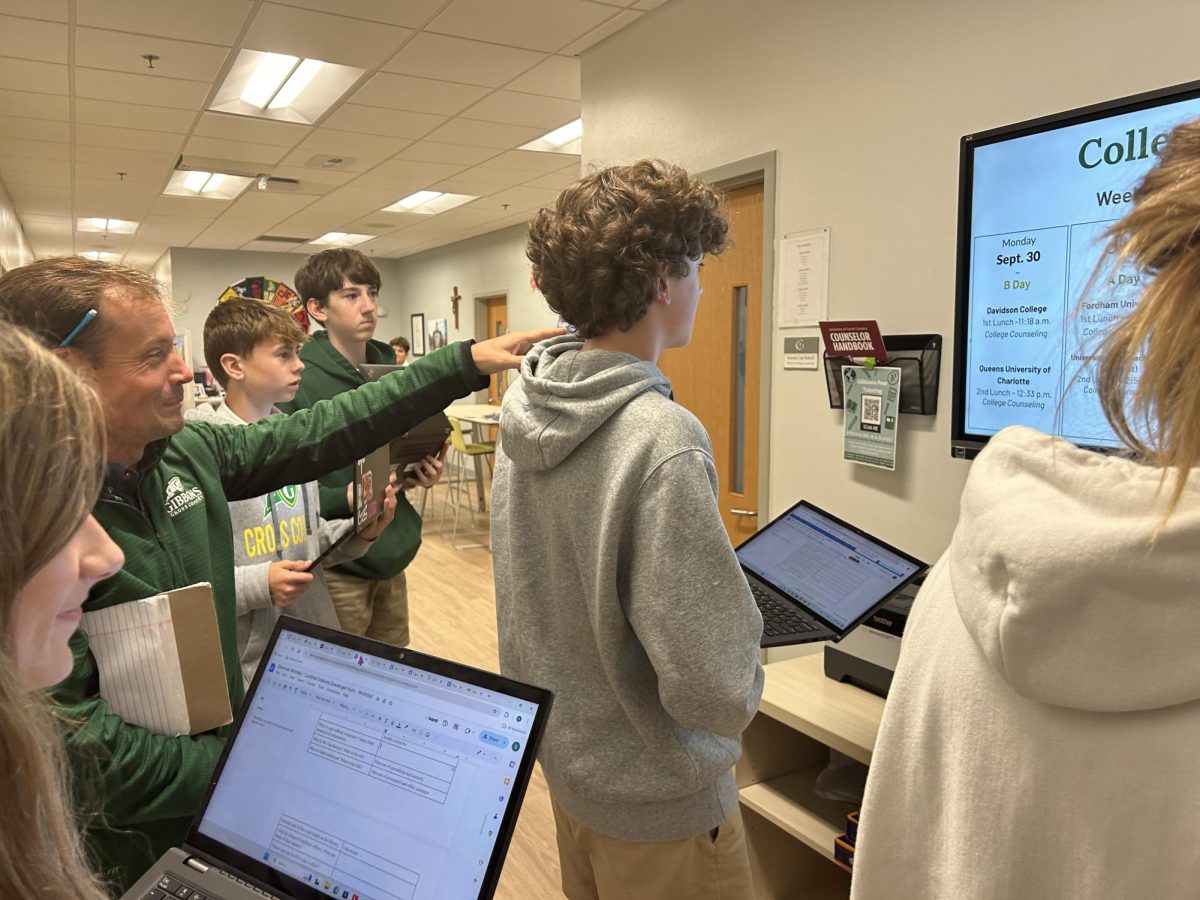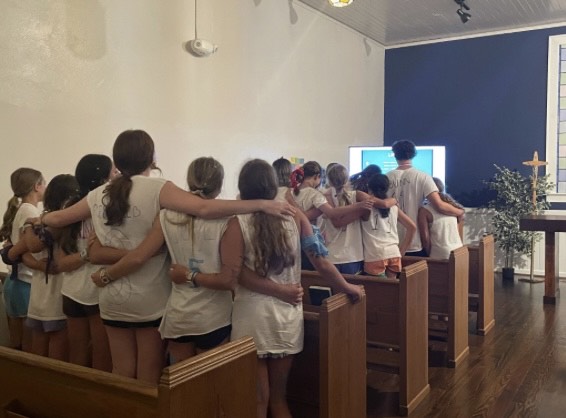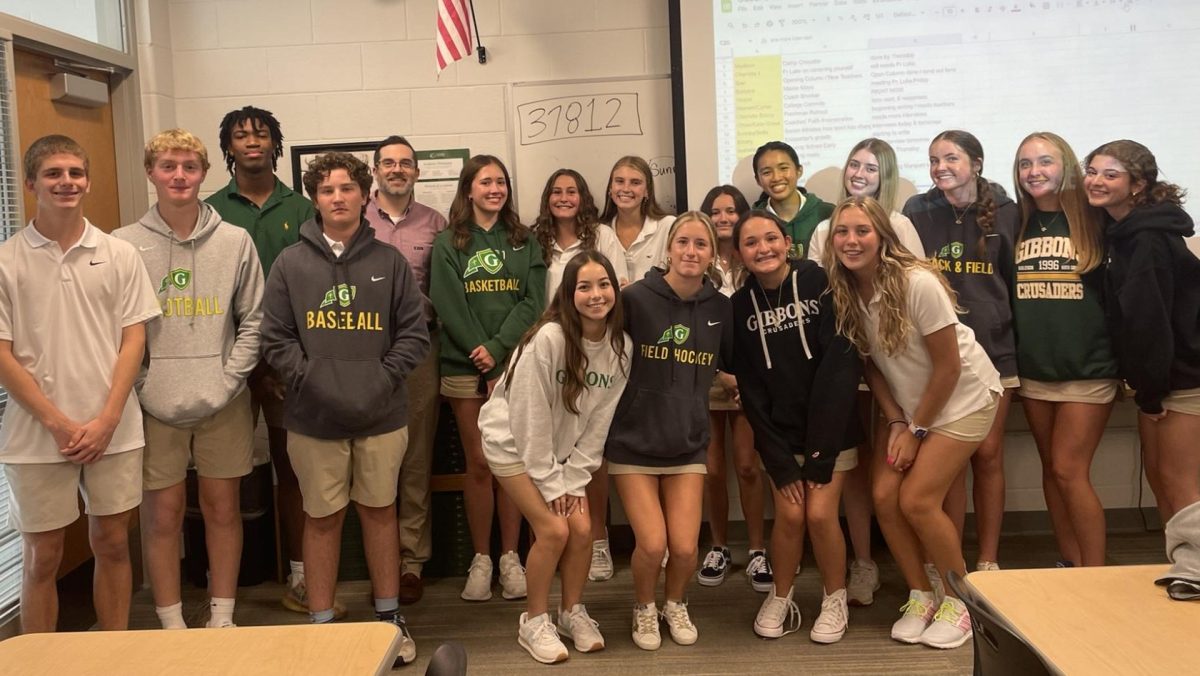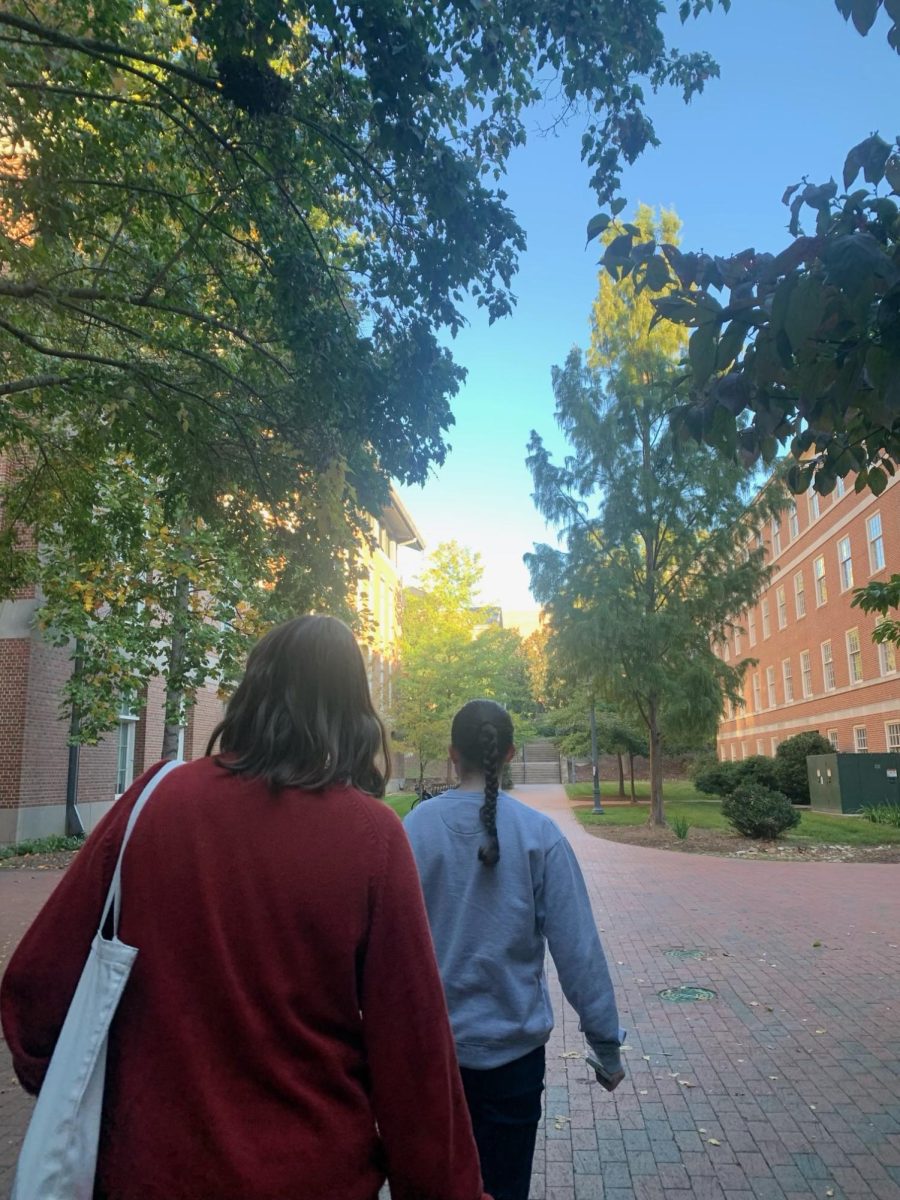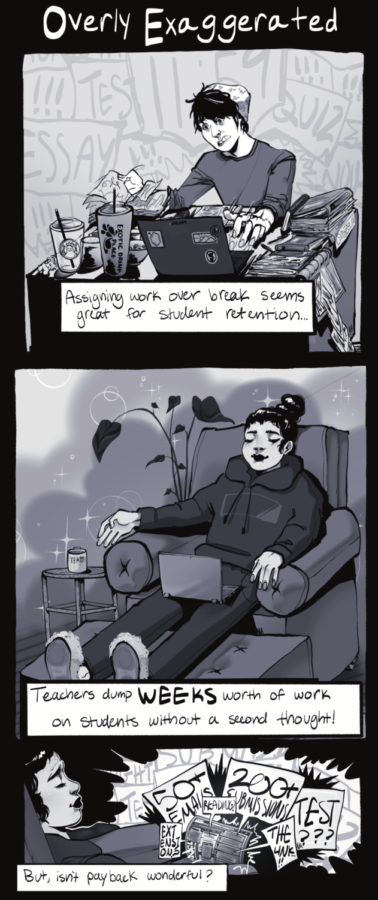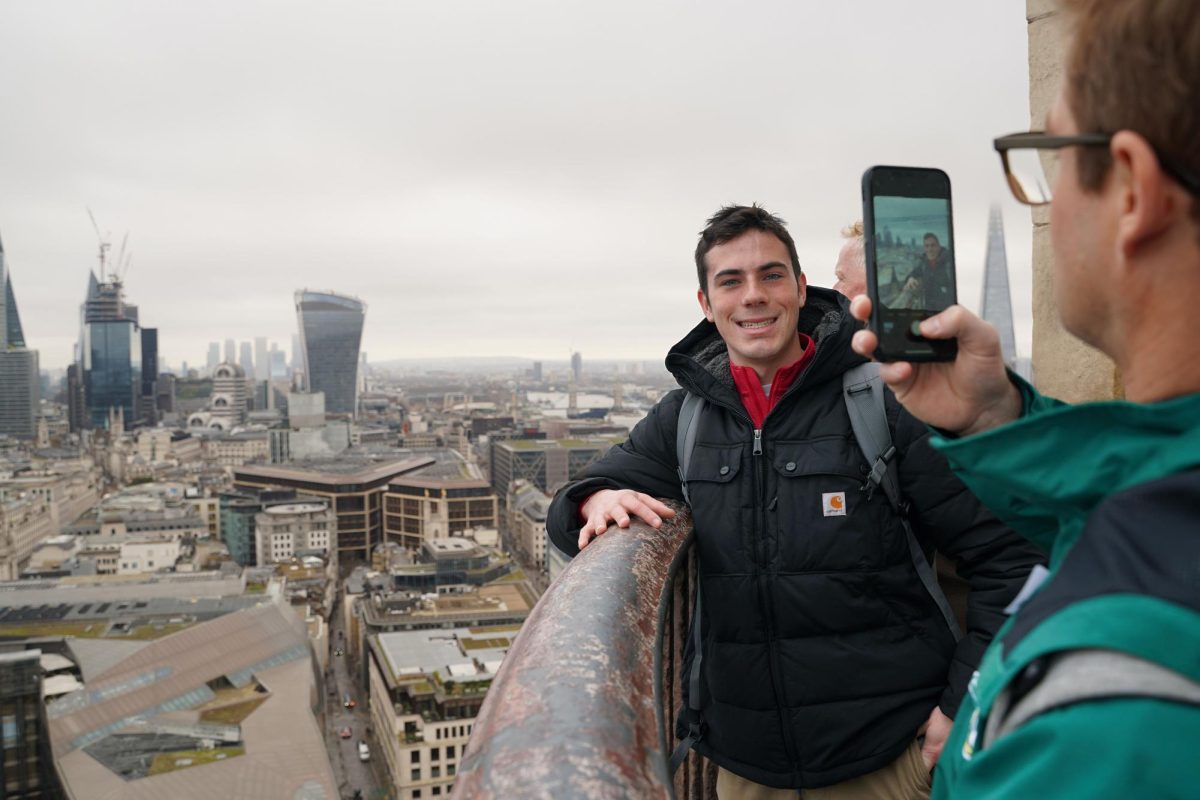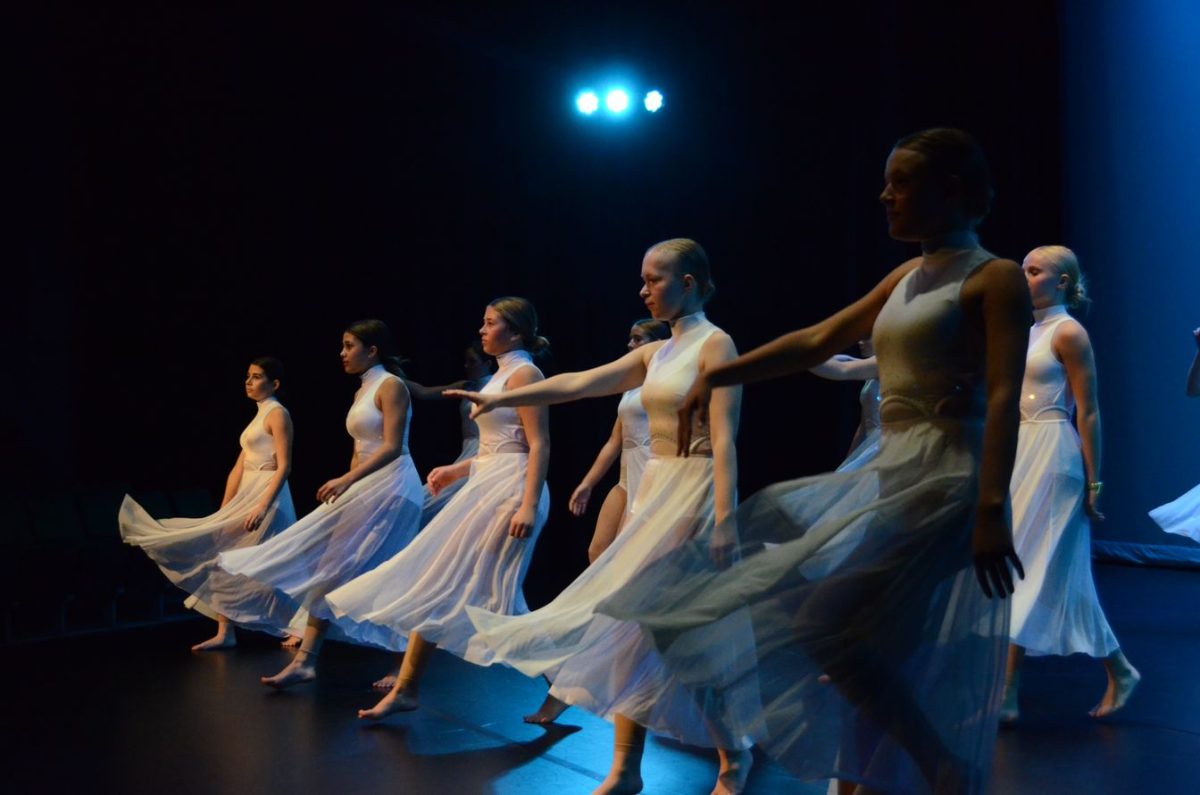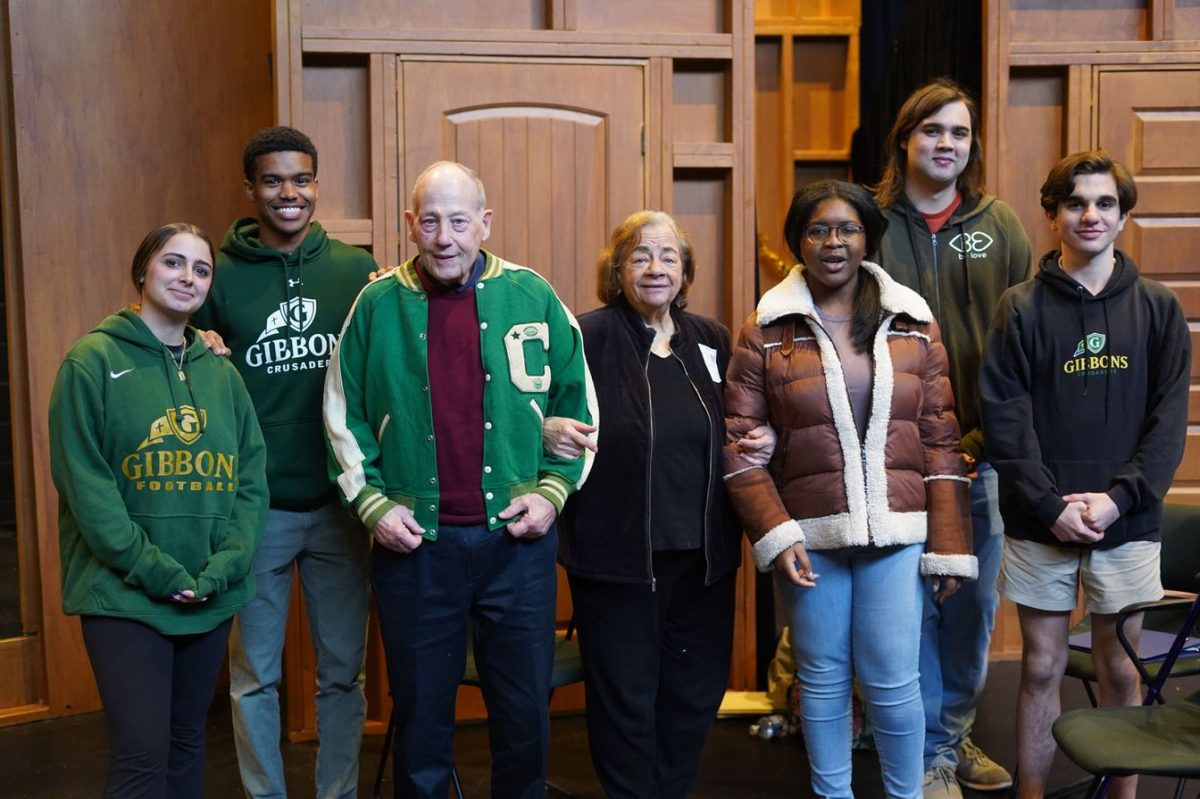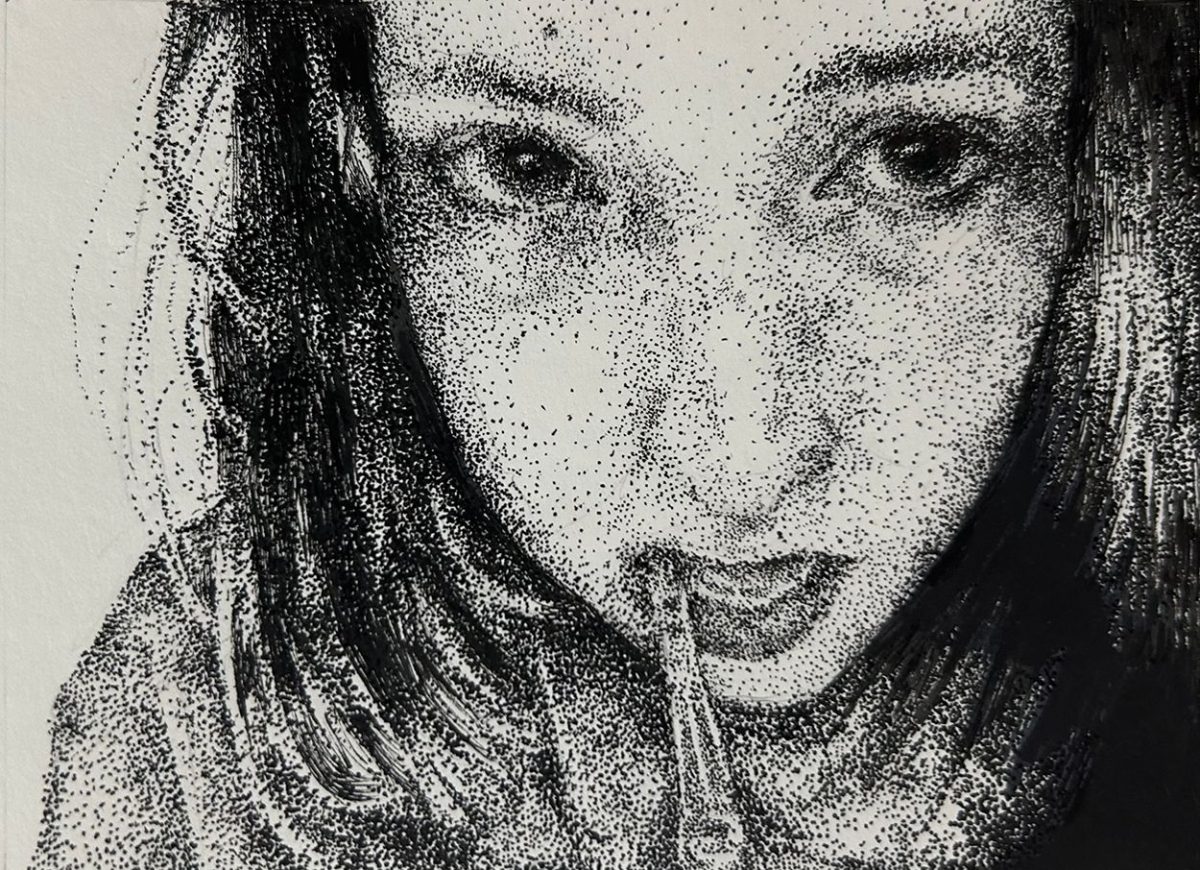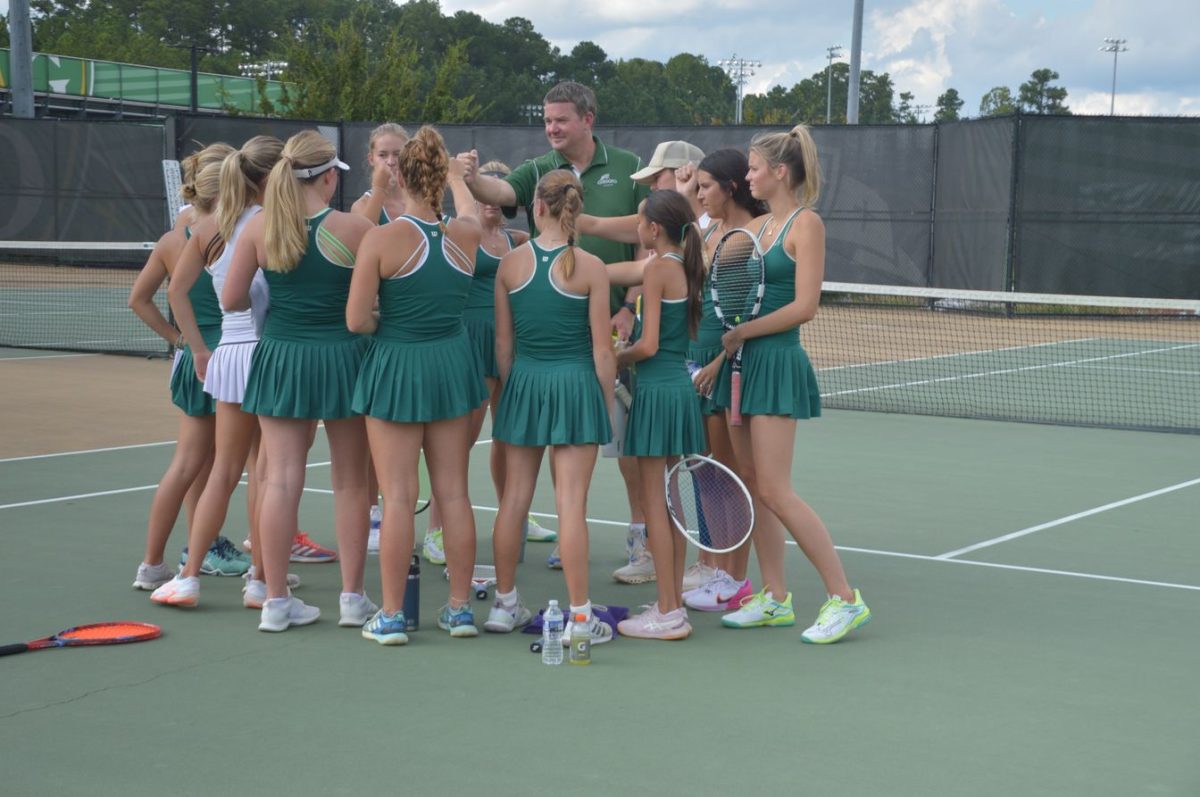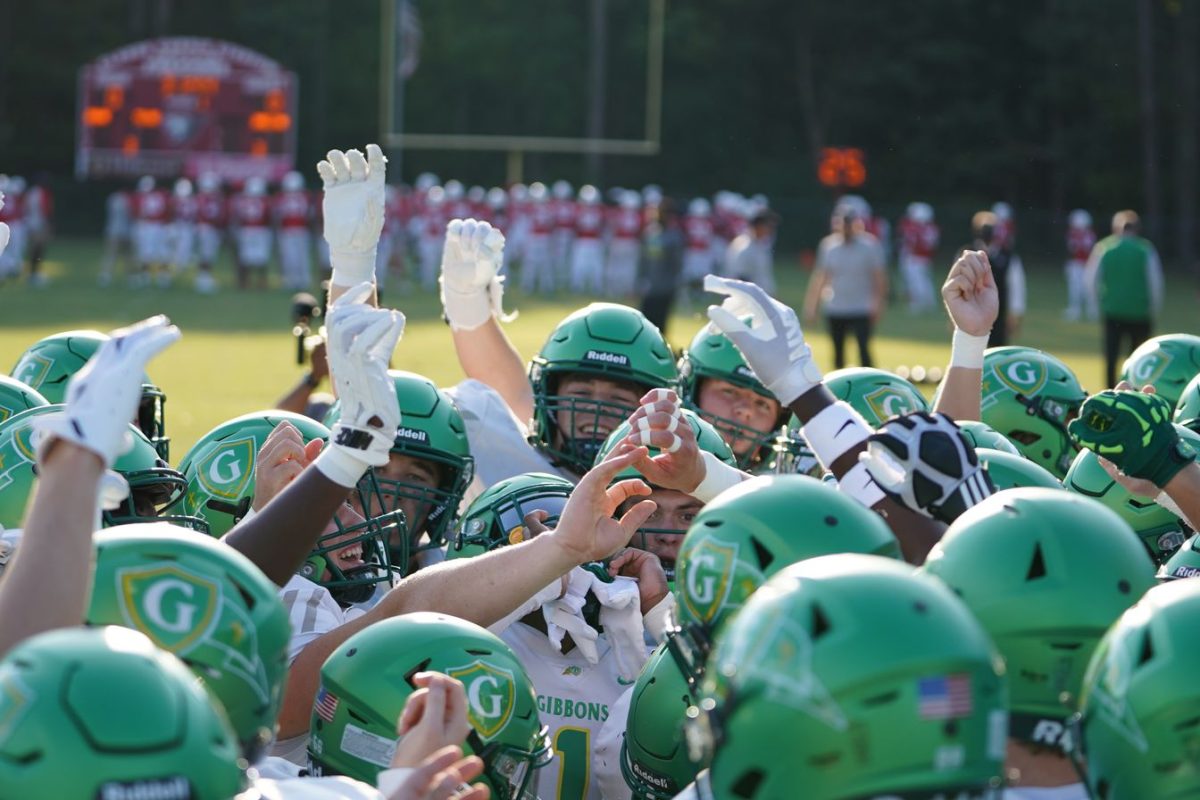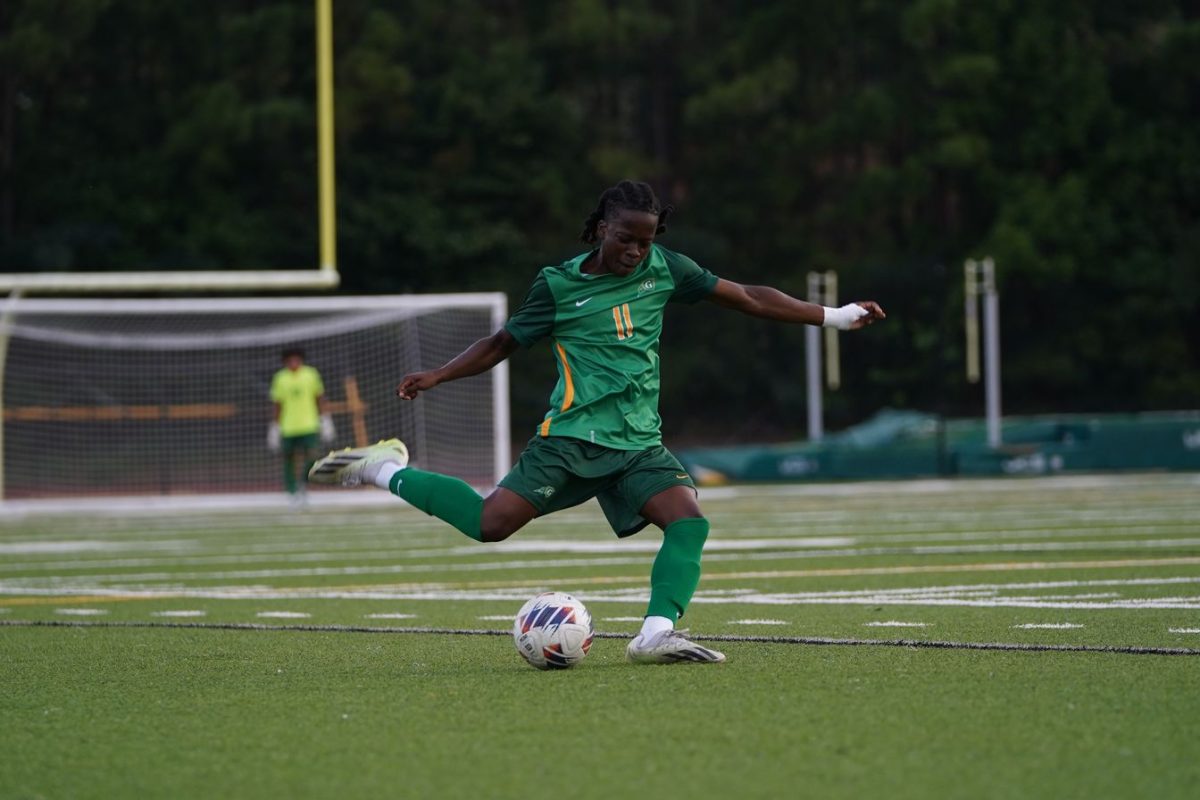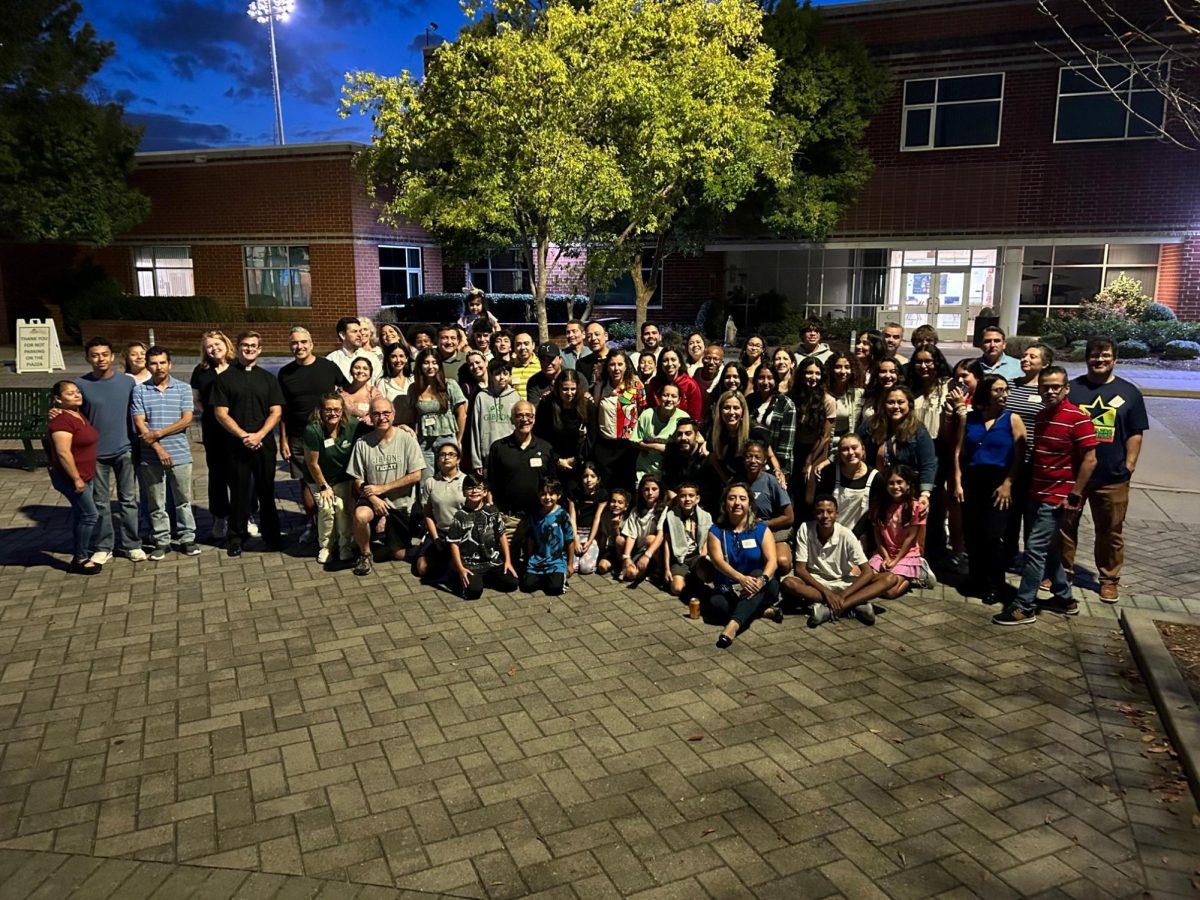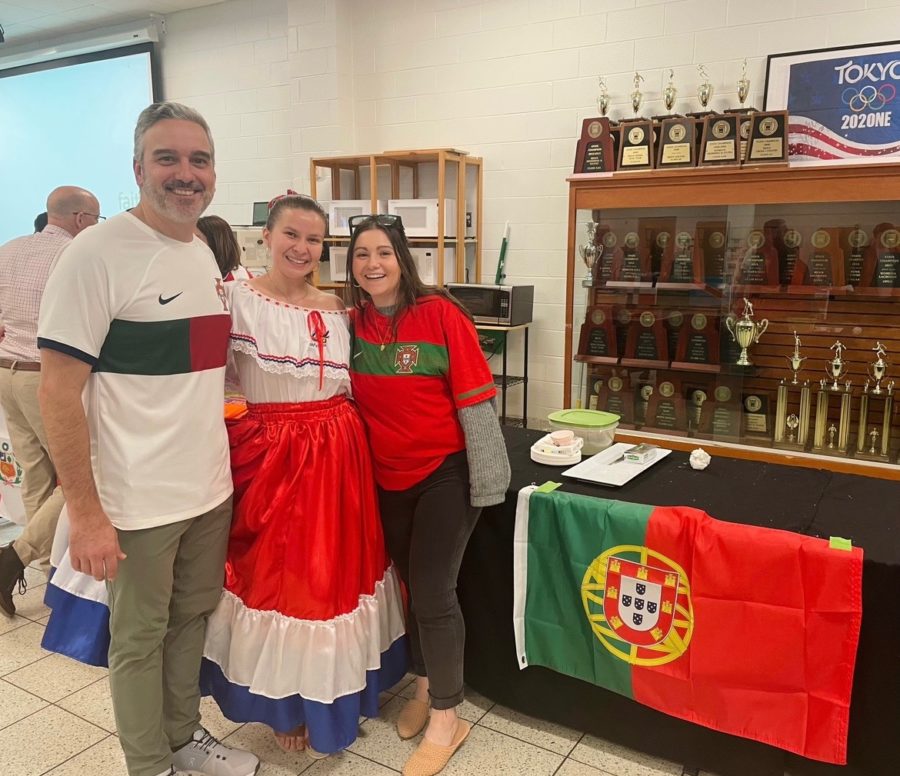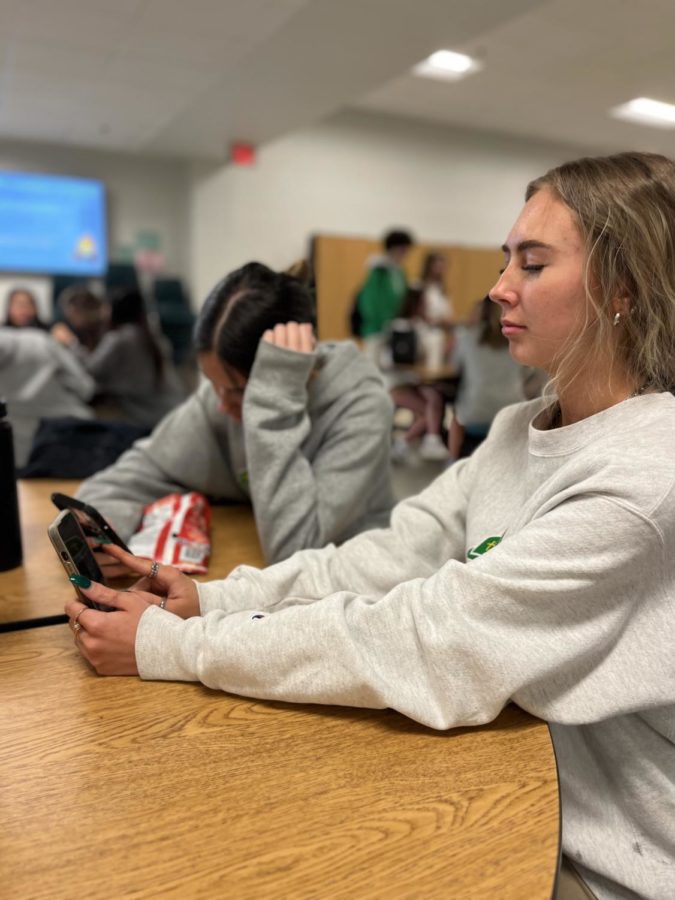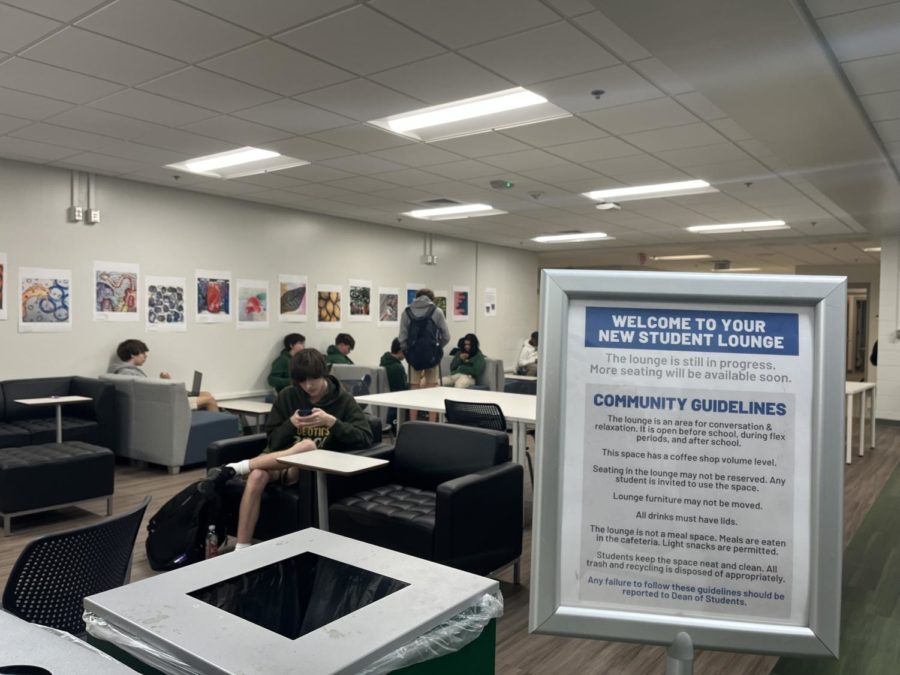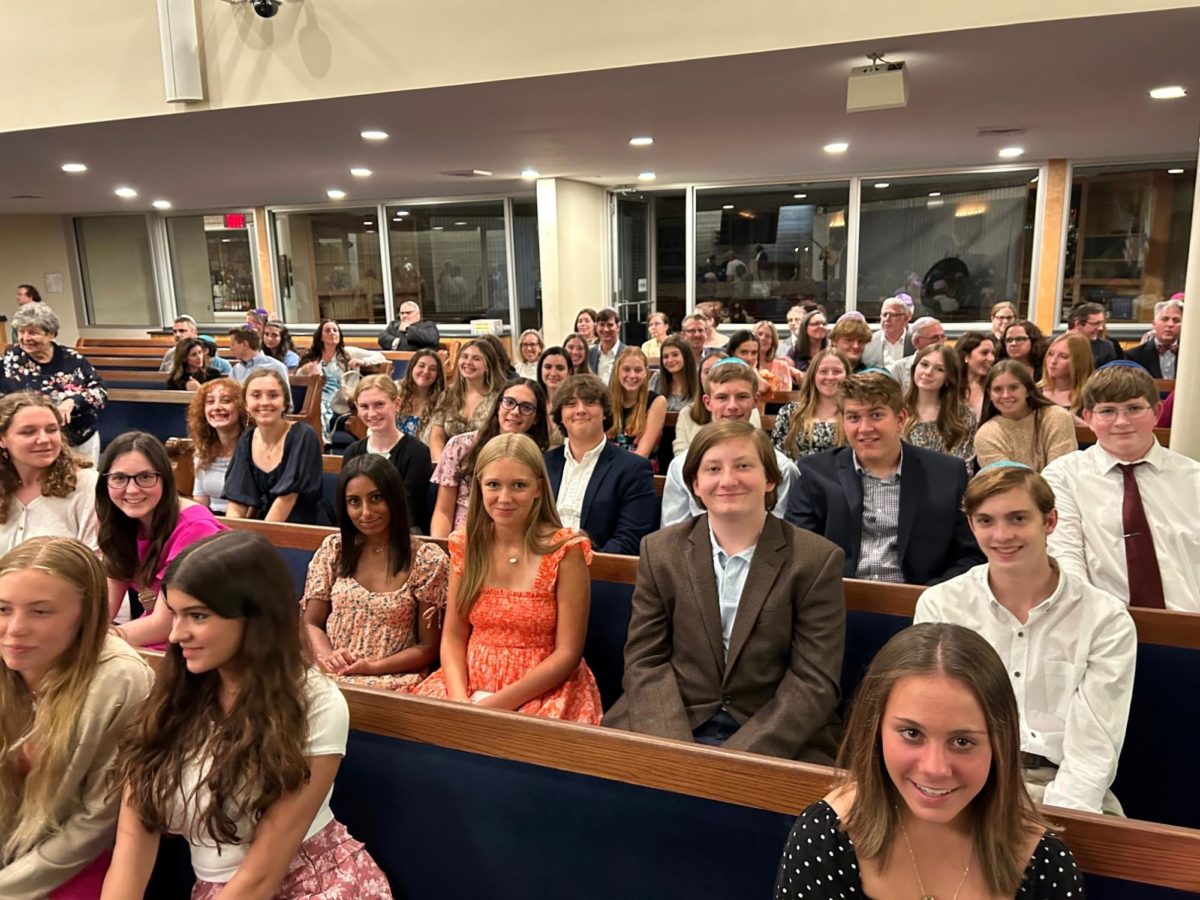Shabbat Shalom! If you’ve ever gone to a Jewish temple on Friday or Saturday for Shabbat, I can promise you that is a phrase you would hear.
The English translation from Hebrew means “have a peaceful Sabbath,” and it is spoken during Shabbat, a Jewish service that honors the Lord for His creation. On Sept. 9th, 92 Gibbons sophomore theology students partook in this ceremony at Temple Beth Or in Raleigh. For most of them, it was their first time.
One by one, everyone assembled inside and took their seats. Students brought their parents and family members and soon the small-sized temple was packed to nearly every pew. Shabbat was going to start in 10 minutes…
To be completely honest, before coming to Temple Beth Or, I wasn’t sure what “Shabbat” really was, even though my grandmother is Jewish. I’ve heard her talk about her faith before, going to Shabbat, celebrating Passover, and the anticipation leading up to the eight-day period of Hanukkah.
The Jewish religion was in my blood but didn’t yet have an active place in my life. I knew nearly as much about the religion as every other Catholic sitting in the temple with me. My eyes circled around the room, taking in everything before me. The tilted angle of the light wooden roof, older women chatting together closely, and the navy, velvety carpet floors. I pictured my church at Our Lady of Lourdes and thought up the differences and similarities that came to mind. I imagined my grandmother sitting in the front row of a temple like this, flipping through her prayer book, waiting for Shabbat to begin.
Facing the congregation was a mighty dark wooden structure, carrying five torahas inside, built to resemble Noah’s ark. A large window blanketed the wall behind the structure, showcasing the light of the day fading as the sun set behind the parking lot. Hushed whispers came to a close, as a woman holding a guitar strummed her first chord.
Shabbat had started.
The structure of a Shabbat service was very similar to one of a Catholic mass. It begins with a song, followed by readings from scripture, then somewhere toward the end, the Rabbi reads their sermon, then more singing, and roughly 60 minutes later it is done. Of course, there were differences as well. Shabbat obviously didn’t receive Eucharist, a large portion was read in Hebrew, but leaving the temple that wasn’t what encapsulated my mind.
From the moment I stepped inside, it seemed like everyone already knew each other. The Rabbi was talking with people on a first-name basis, couples greeted each other with two-handed hugs, catching each other up on this week’s report.
It wasn’t just a group of people that happened to show up at the service at the same time, it was a community. In this community, I saw a piece of myself. The culture reminded me of my mom’s side of the family, partially my grandmother. I overheard Yiddish phrases that made me think of my mom, bringing me a sense of familiarity and warmth.
Once Shabbat started, everyone sang proudly, listened attentively, and didn’t let a single moment go to waste. It was clear that everyone in the room wanted to be there. It made me think of the times my parents dragged me to Sunday mass, sometimes I begged to stay home so I could sleep in. I didn’t always sing every word clearly, I often mumbled and during sermons I sometimes zoned out, letting my mind wander to outside distractions.
Not in this room though. Even after service ended, everybody gathered in a large room to mingle and eat a feast of desserts that had been previously prepared. It was a party. A true celebration of the Sabbath.
I think back to the first week of school when Mr. DeLaRosa encouraged everyone to come to Shabbat. I could hear what everyone in my class was thinking, “Really, on a Friday night?”
But I wasn’t disappointed. I got to experience the Jewish religion and culture first-hand, a part of my family history that I have mainly overlooked.
The service was beautiful. The guitar and voice of the singer were breathtaking, the Rabbi’s hamuli was witty and inspiring, and the people were loving. Before attending I didn’t know what Shabbat was. Now I can tell I look forward to attending many Shabbats in the future, with my mom and grandmother included.
The Man Behind It All
Mr. DeLaRosa, a sophomore theology teacher, started this tradition 19 years ago. I asked him some questions about Shabbat and why he wanted to bring it here to Gibbons.
What is Shabbat?
“As we learned in Genesis our Jewish brothers and sisters honor Shabbat every Friday at dusk, ending Saturday at sunset. The Temple we are visiting, Temple Beth Or, we are going to read the Torah, the Rabbi will give a humvee on the Torah, they’re going to sing beautiful songs, give a Shabbat Shalom (a sign of peace)- it’s a beautiful way of beginning the week. It’s almost like Shabbat is a person, and we’re a way of honoring that ‘person’.”
Why does Gibbons go to Temple Beth Or and for how long?
“When I did my graduate work at Duke, it was in Language, it was in Hebrew and it was also in Greek, the two dominant languages of scripture. And I knew immediately, that the Hebrew language in particular reveals a lot about the faith behind it. This made me want to go to the temple. Once I went I knew I needed to bring my students, so it added to the discussion of what the text means, we see a community that really embodies it. I started as a teacher at the Franciscan school and brought all three of my classes to Temple Beth Or. I’ve been here at Gibbons for 19 years, and with an expectation to Covid, I brought my students there yearly for Shabbat.”
What made you want to start this?
“I am a better Catholic because I understand more about the roots of our faith in Judaism. So if that’s true for me, I want my students to study this beautiful faith that Jesus is deeply rooted in. I think there’s also an element of trying to create understanding. We live in a world that’s often very very divided and unfortunately, antisemitism exists in our world. So, if this helps students experience the community in real life and makes them want to be tolerant, accepting, and open their hearts, all of which is important in our world.”
How does Temple Bath or feel about Gibbons going to Shabbat?
“I love that question! First off, just them inviting us again after each year is their way of saying, ‘Cardinal Gibbons is welcome here.’ They’ve said in the past that they think our students are wonderful and have the highest regard for us as a community. I know that just a positive response from them welcoming us again, again, and again speaks for itself, there isn’t any hesitancy.

